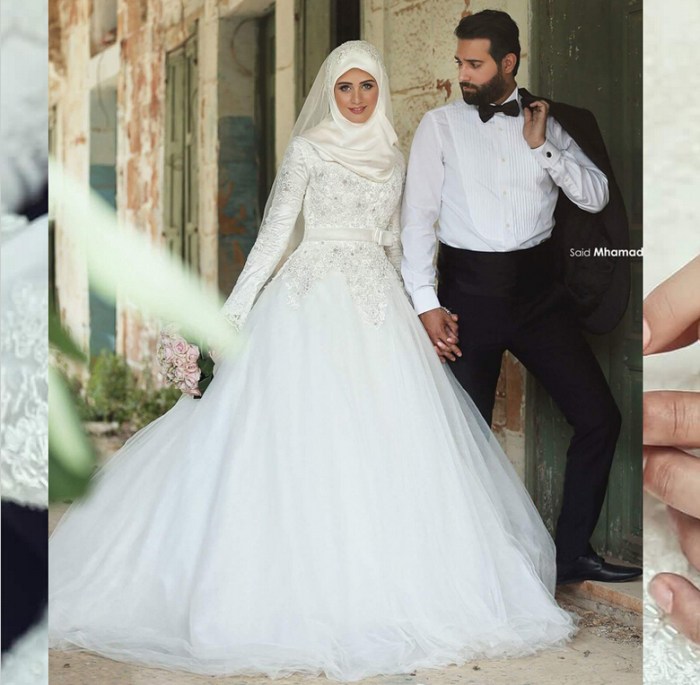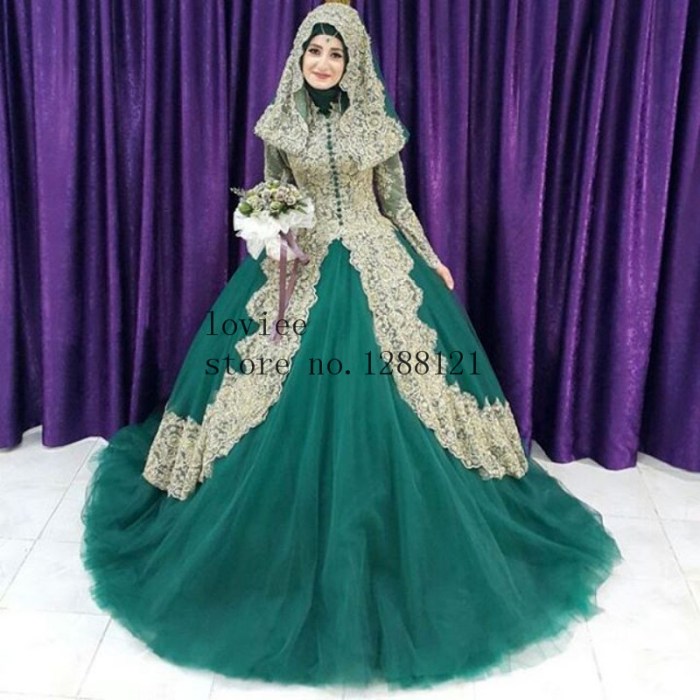A Journey Through Time: The Evolution of the Arabic Traditional Wedding Dress

Source: sandiegotowingca.com
The Arabic traditional wedding dress, a testament to rich cultural heritage and artistry, has undergone a fascinating evolution across diverse regions and eras. This exploration delves into the historical trajectory of this iconic garment, examining its regional variations, the materials and embellishments employed, its profound cultural significance, and its captivating modern interpretations.
Historical Evolution of the Arabic Traditional Wedding Dress
The Arabic traditional wedding dress boasts a rich history, its style evolving significantly across different regions and time periods. Changes in fabrics, embellishments, and silhouettes reflect societal shifts and cross-cultural influences. A comparison across various Arab countries reveals unique interpretations of the same fundamental aesthetic principles.
| Era | Region | Key Features | Notable Changes |
|---|---|---|---|
| Pre-20th Century | Various | Simple silhouettes, locally sourced fabrics (cotton, linen), minimal embellishment. | Significant regional variations, influenced by local climate and traditions. |
| Early 20th Century | Levant | Introduction of silk and brocade, more elaborate embroidery. | Increased influence of European fashion, subtle changes in silhouette. |
| Mid-20th Century | Gulf Region | Heavier fabrics like velvet and gold thread embroidery become prominent. | Emphasis on opulence and status, influenced by increased wealth and trade. |
| Late 20th Century – Present | Pan-Arab | Blending of traditional and modern elements, diverse fabric choices, varied embellishments. | Globalization and access to international fashion trends, greater individual expression. |
Regional Variations in Design and Style, Arabic traditional wedding dress

Source: emasscraft.org
Significant regional variations exist in the design and style of Arabic traditional wedding dresses, reflecting the unique cultural and historical contexts of each area. These variations are evident in the choice of fabrics, embroidery techniques, and overall silhouette.
Moroccan Wedding Dress: Often features a kaftan-style silhouette, typically made from luxurious fabrics like silk or velvet. Intricate embroidery, often using gold thread and sequins, adorns the garment. The color palette frequently includes rich jewel tones like deep reds, emerald greens, and sapphire blues. The overall look is opulent and regal.
Lebanese Wedding Dress: Known for its elegant and flowing silhouettes, frequently incorporating lace, beading, and intricate embroidery. Lighter fabrics such as chiffon and organza are common, creating a more delicate and ethereal aesthetic. The color palette tends towards lighter, more pastel shades, though richer tones are also used.
Egyptian Wedding Dress: Often characterized by a more fitted bodice and a flowing skirt. Heavy embellishments like gold embroidery, sequins, and beading are common. The fabrics used are typically luxurious and rich, reflecting the country’s history and cultural heritage. Color palettes often feature vibrant hues like gold, red, and deep blues.
Materials and Embellishments
The choice of fabrics and embellishments is integral to the aesthetic and symbolic meaning of the Arabic traditional wedding dress. These elements not only enhance the visual appeal but also reflect the bride’s status and family background.
| Fabric | Embellishments |
|---|---|
| Silk | Gold thread embroidery, beading, sequins |
| Velvet | Heavy embroidery, precious stones |
| Brocade | Intricate patterns, metallic threads |
| Organza | Lace, delicate embroidery |
Symbolic Meanings and Cultural Significance

Source: emasscraft.org
The Arabic traditional wedding dress holds significant cultural and symbolic meaning, with various elements conveying specific messages. The dress plays a crucial role in Arab wedding ceremonies, often reflecting the bride’s family lineage and status.
- Color: Red often symbolizes passion and good fortune; white signifies purity and innocence.
- Fabric: Luxurious fabrics like silk and velvet denote wealth and status.
- Embellishments: Intricate embroidery and beadwork can represent family heritage and cultural identity.
- Silhouette: The shape of the dress can reflect regional traditions and evolving fashion trends.
Modern Interpretations of the Traditional Dress
Modern designers continue to reinterpret traditional elements in contemporary Arabic wedding dresses, blending classic styles with modern aesthetics. This evolution demonstrates the enduring appeal of traditional designs while embracing contemporary fashion influences.
Modern Interpretation 1: A sleek, A-line silhouette in ivory silk, featuring minimalist gold embroidery along the neckline and sleeves. This design retains the elegance of traditional styles while emphasizing a clean, modern aesthetic.
The intricate embroidery and flowing silhouettes of the traditional Arabic wedding dress are truly captivating. Many brides appreciate the luxurious fabrics and flattering designs, and finding the perfect fit is key, which is why resources like this guide on wedding dresses for curvy brides can be incredibly helpful. Ultimately, the goal is to find a dress, whether traditional Arabic or otherwise, that accentuates a bride’s natural beauty and confidence.
Modern Interpretation 2: A flowing kaftan-style dress in a vibrant teal blue, adorned with delicate beading and subtle embroidery patterns inspired by traditional motifs. This combines traditional regional styles with a contemporary color choice.
Modern Interpretation 3: A fitted bodice paired with a voluminous skirt in a rich burgundy velvet. The dress features intricate gold embroidery inspired by traditional patterns, but with a modern, streamlined design. This interpretation blends the opulence of traditional designs with a contemporary silhouette.
FAQ Explained: Arabic Traditional Wedding Dress
What is the average cost of an Arabic traditional wedding dress?
The cost varies greatly depending on the fabric, embellishments, and designer. Expect a wide range, from several hundred to tens of thousands of dollars.
Where can I find a designer specializing in Arabic traditional wedding dresses?
Many designers specialize in this area, both internationally and within Arab countries. Online searches, bridal magazines, and wedding boutiques are good starting points.
How long does it typically take to create a custom Arabic traditional wedding dress?
Depending on the complexity of the design and the designer’s workload, it can take several months, sometimes even a year or more.
Are there specific etiquette guidelines regarding wearing an Arabic traditional wedding dress?
Etiquette varies across different Arab cultures, but generally, modesty and respect for tradition are paramount. It is advisable to research the specific customs of the region relevant to the wedding.
